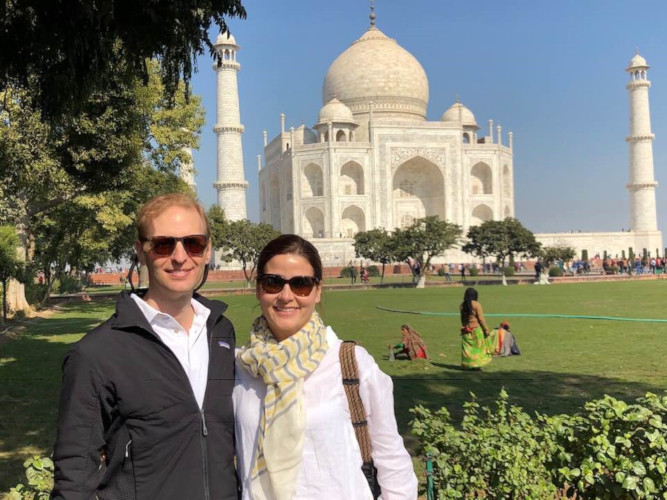
Prem Watsa will generate attractive long-term investment returns from Indian stocks
Billionaire Prem Watsa, who is fondly described as “the Warren Buffett of Canada” owing to his brilliant investing acumen, is known to be very bullish about Indian stocks.
He is also a die-hard fan of NAMO and has famously declared that “India Is Fortunate To Have NAMO As PM. He Is Doing A Fantastic Job & Should Be PM For Next 10 Years“.
He has also equated NAMO with Lee Quan Yew, the legendary leader of Singapore.
“Modi is a very hard working man. He has eliminated corruption at the top and I think he is going to do a wonderful, wonderful job over the years. I am hoping he will be re-elected in a few years and re-elected again and India will be transformed during that time,” Watsa has stated.
Prem Watsa did the sensible thing of organizing (through his portfolio company Thomas Cook) a guided tour for influential and deep-pocketed foreign investors.
The entourage included Lauren C. Templeton and D. Scott Phillips, Jr, distinguished fund managers with Templeton.
The duo has now furnished a tour report to their investors in which they have described the experience as “the trip of a lifetime”.
“In December of 2014, Prem and his team spotted an intriguing long-term investment opportunity in India, precipitated by the election of free-market reformist Prime Minister Narendra Modi.
Prime Minister Modi was elected based on the promise of higher economic growth and less government corruption, evidenced by his successful 14-year run as Chief Minister of the Indian state Gujarat,” it is stated in the report.
“Over this time period India has (somewhat quietly) become home to the world’s top performing stock market over the past five years (per FactSet data), measured in USD,” it is added.
“We believe Prem and his Fairfax India team are uniquely positioned to generate attractive long-term investment returns through a combination of investment skill and local knowledge, underpinned by Fairfax’s existing close relationships with business leaders and policymakers across India,” it is observed.
India sent “Mangalyaan” satellite to Mars for $74 million while Hollywood made a movie about Mars for $108 million
Seasoned investors like Templeton and Phillips obviously like thrifty promoters who deliver the most bang for the buck.
The duo noted that the culture of thrift is deeply embedded in the Indian psyche as is evidenced by the “Mangalyaan” episode.
Indian scientists were successful in sending “Mangalyaan” into Mars orbit for a cost of only $74 million while NASA did the same with its “Maven Mars orbiter” for a whopping cost of $672 million.
“It cost the Indians less to send a satellite into orbit around Mars than it did for Hollywood to make a movie about Mars: The Martian starring Matt Damon carried a budget of $108 million,” the duo noted, suitably impressed.
They also observed that “similar cost efficiency and streamlining” is embedded in the private sector, which makes it irresistible for investors.
India has one of World’s fastest economic growth
M/s Templeton and Phillips have noted that NAMO was voted into power on the promise that he would convert the Country into a global powerhouse.
“Modi’s election in 2014 was based on the promise of accelerating economic progress and providing relief from the state’s often corrupt but consistently suffocating bureaucracy where seemingly every commercial activity required a permit or a bureaucrat’s approval“.
They acknowledged that NAMO has delivered on the promise.
“In the five years since progress has surfaced,” it is noted.
The duo has cited the World Bank’s “Doing Business 2019” report as evidence of the progress.
India has climbed 23 spots year-over-year to rank 77 out of 190 countries.
India is the only nation to have made it to the list of top 10 improvers for the second consecutive year in World Bank’s Ease of Doing Business 2019 survey. https://t.co/UdgqpJzmBp
— Livemint (@livemint) October 31, 2018
It is noted that the key improvements underpinning the higher ranking included easier processes for obtaining construction permits, paying taxes, and cross border trade.
Moreover, amendments to the insolvency and bankruptcy code provide better protections for secured creditors, which helps further grease the wheels of capitalism (and economic growth).
In sum, the above-mentioned changes are helping propel India with the world’s fastest economic growth among large countries, it is stated.
The duo has also noted that India posted 7.0% real GDP growth in 2018, more than twice the 2.9% growth witnessed in the U.S. and above China’s estimated 6.5% growth.
It is also noted that based on these developments, Indians are experiencing the benefits of pro-growth policies and are likely to elect NAMO again.
First developing nation whose economic backbone is primarily technology driven
M/s Templeton and Phillips have made the surprising revelation that “India is the first developing nation whose economic backbone is primarily technology driven“.
It is pointed out that India’s model contrasts with the more familiar industrial models of Japan and China whose economic growth was initiated on the manufacturing basis of low-cost labor and the export of cheap goods to the developed world.
The Indian model of growth is superior to that of Japan and China, it is opined.
It is emphasized that technology plays a vital role in developing both the public and private sectors of the economy as is evidenced by the fact that the information technology industry contributes 7.7% of India’s GDP, while the U.S. compares at 5.5% of GDP.
“So, while India will either have to import and/or further develop its industrial base to support its growth, its primary economic engine of technology is shockingly dynamic, evolving, and deeply competitive,” it is stated.
It is also noted that the Aadhaar system is “emblematic of India’s technology strength” and is “initiating profound shifts in India’s economic progress that create leapfrog effects for its growth trajectory“.
In fact, Aadhaar has been described as “analogous to the U.S. constructing its railroads or the interstate highway system“.
India vs. China
Foreign investors obviously have to do a head-to-head comparison between India and China to decide which is the better investing candidate.
Templeton and Phillips have given India the clean chit and opined that it offers better opportunity as compared to China.
“India’s welcoming atmosphere stood in obvious contrast to the continued media reports of the West’s fraying and increasingly contentious relationship with China, punctuated by the CFO of Huawei’s arrest and surrounding accusations of spying by the Chinese telecom giant,” the report states.
“The contrasts do not necessarily end there, as India’s foreign diplomacy, and relations convey a non-threatening objective towards assimilating among the world’s superpowers versus replacing them,” it is added.
Also, while India has officially stated that it is “not looking itself at the center of the universe, but at the margin“, China has described itself as “The Middle Kingdom” or in other words placing itself at the center of the universe.
Naturally, China’s aggressive and hostile stance towards the ROW is not appealing to refined investors.
“India’s foreign policy of non-aggression, including political autonomy and non-alignment that has been in place since its independence, seems institutionalized and likely to persist,” the duo has noted.
“In sum, we believe India’s foreign policy objectives foster a constructive backdrop for relations with the West.
Conversely, the West’s range of perception surrounding China’s foreign policy objectives spans from murky to negative.
The negative view seems to be driving U.S. policy for the moment.
In sum, India looks like a more natural partner with U.S. leadership (present and future) for commercial and diplomatic interests,” it is stated.
Prima facie, it appears that Templeton and Phillips has made the correct assessment of the India vs. China scenario from the POV of foreign investors.
This is best exemplified by the aggressive and no-holds-barred stance adopted by President Donald Trump against China on the tariffs issue.
The United States has been losing, for many years, 600 to 800 Billion Dollars a year on Trade. With China we lose 500 Billion Dollars. Sorry, we’re not going to be doing that anymore!
— Donald J. Trump (@realDonaldTrump) May 6, 2019
When it comes to China, they will never change their behavior until someone stands up to them. I’m proud of President Trump’s willingness to work with China, but most importantly, to stand up to China.
The time for China to play by the rules is now at hand.
— Lindsey Graham (@LindseyGrahamSC) May 9, 2019
China is up to its old tricks on trade, but it’s learning the hard way that there’s a new sheriff in town…https://t.co/SDGN56lp51
— Nick Short (@PoliticalShort) May 11, 2019
Prima facie, China’s troubles with the USA and the rest of the Western World augers well for India given that the two countries are arch rivals when it comes to attracting foreign investment!

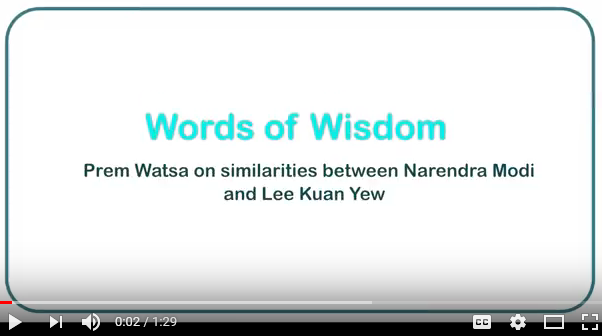
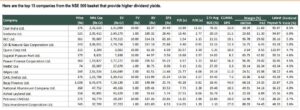
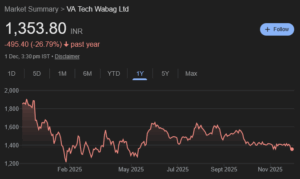
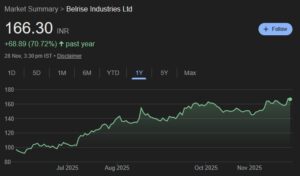

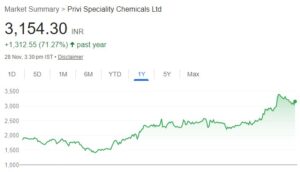
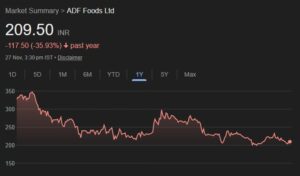
Indian business will do well because of Indian enterpenures, this will be done not because of Modi but In spite of Modi.
Is this investment tip or a write up to please BJP and get some money from their kitty 🙂
That LTCG is still hurting you Mr. Kharb ? I fail to understand how a senior person like yourself can’t understand the structural changes that Modi made that are pulling the economy forward. You come across as a remarkably intelligent person, yet you despise Modi and his policies.
I think I wrote that there should be “mutual” admiration for Mr. Kharb. The same maybe true for him and Modiji.
Many of modi bhakts think india is born in 2014. If someone do not make a bhajan in favour of modi he is been treated as anti national !!! The worst thing is that some south based PMS fund managers who are afraid of raids from ED always praise modi to get favours from ED and modi
I guess you must always praise Mr Modi. Otherwise be ready to face the wrath of the trolls. 🙂
Demonetization that broke the back of the economy will be ignored. 🙂
If the Modi era were really that good, why are the indices tottering (barring a few stocks). 🙂
All the corrupt peoples who looted the poor money praising Modi and he is such a ……(snipped) chowkidaar …….(snipped) this country has never seen
Minorities (Two set of people) will hate this article. As simple as that.
That is why a PMS fund manager is keen in praising modi rather than keen on investors hard earned money
people either like Modi or hate Modi … No one is indifferent